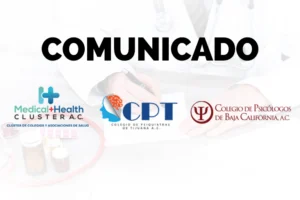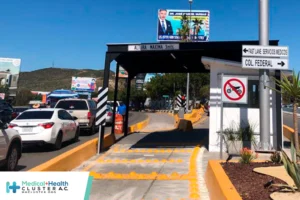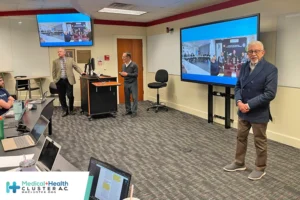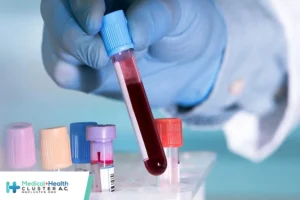En atención a la creciente preocupación sobre la confianza en...
Leer más
How do you treat coronavirus? Here are physicians’ best strategies
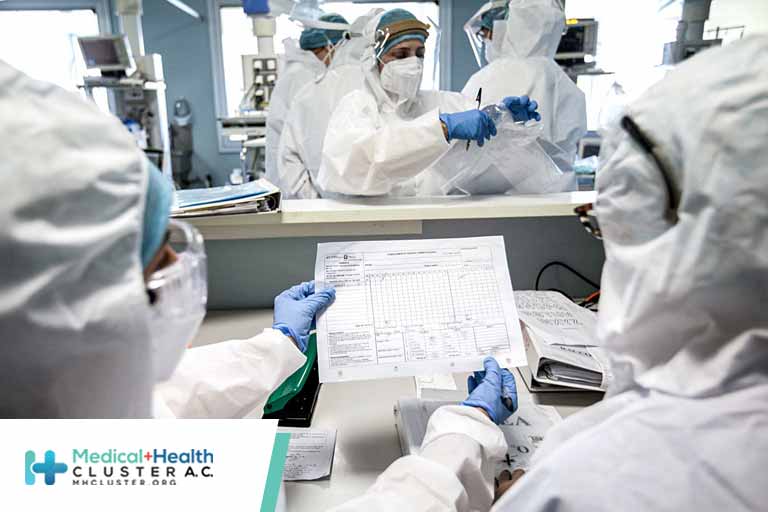
Science’s COVID-19 reporting is supported by the Heising-Simons Foundation.
Ready or not, the patients were coming. This time last year, physicians around the world prepared, most for the first time in their careers, to treat a new disease—over and over and over again.
“There was a terrible sense of foreboding, like in a movie when the minor key music starts playing,” says Robert Arntfield, a critical care physician at Western University in London, Canada.
In Wuhan, China, the doctors who first encountered the pandemic coronavirus raced to share surprising symptoms and possible treatments with far-flung colleagues.
In Tokyo, ill cruise ship patrons from the Diamond Princess were wheeled into the hospital of the National Center for Global Health and Medicine. Infectious disease physician Norio Ohmagari dusted off the best treatment plan he had: one for the related coronavirus that causes Middle East respiratory syndrome. “Honestly,” he says, “we were not quite sure what we could do.”
In the United Kingdom’s Cynon Valley, a man arrived at a clinic for routine bloodwork, then announced he had a high fever and cough. Shouts went out for a doctor. As primary care physician Chris Butler prepared to assess the patient, “I was dropping my gloves,” he says. “I was pretty nervous.”
Over the harrowing year that followed, clinical evidence on how to treat the pandemic coronavirus poured in—a muddy torrent of hundreds of thousands of papers, preprints, and press releases. Many physicians were torn between waiting for results from large clinical trials, the gold standard of evidence, and offering something, anything, to the gravely ill patients in front of them. “These are smart physicians who are watching people get very sick, watching people die, feeling helpless, and wanting to do whatever they can,” says Lisa Moores, a pulmonary and critical care physician at the Uniformed Services University of the Health Sciences in Bethesda, Maryland.
Unproven drugs became first-line treatments. “Tens or hundreds of thousands of patients got ineffective or harmful therapies,” says Matthew Semler, a critical care physician at Vanderbilt University, citing widespread use of the antimalarial drug hydroxychloroquine, now known to prevent neither disease nor death.
Physicians memorized treatment guidelines one day only to learn they’d changed the next. “When you have the whole world working on something at the same time … the evidence evolves fast,” says Meghan Lane-Fall, a critical care physician who studies health care delivery at the University of Pennsylvania (UPenn). “Every time I take care of a COVID patient … I have to sit down and go, ‘OK, what are we doing now?’” Even today, she says, “There is no single standard of care.”
Yet 12 months after the World Health Organization (WHO) declared a pandemic, physicians have gleaned a rough understanding of COVID-19’s pathology and an aspirational strategy for treating it: Early in the illness, the goal is to stave off severe disease by stopping the virus from replicating. As infection progresses, the primary enemy becomes a hyperactive immune response that wreaks havoc on the body’s organs.
A few therapies—mostly repurposed drugs—have risen to the top. Dexamethasone, a cheap and common steroid, surprised doctors by slicing mortality in the sickest patients in a randomized trial; another anti-inflammatory, tocilizumab, also helped patients survive. The antiviral drug remdesivir, which appeared to speed recovery in some studies but not in others, is widely used in hospitalized patients. Monoclonal antibodies, meanwhile, are playing catch-up: Given early, they may help avert severe disease, but they can be tough to deliver to outpatients, and some appear less potent against new viral variants. Beyond drugs, physicians have honed their intensive care unit (ICU) practices to support patients’ failing organs.
COVID-19 remains enigmatic—and deadly—but shifts in care appear to have helped. An analysis published this month of nearly 200,000 patients in 555 U.S. hospitals found mortality rates dropped from 22.1% in March 2020 to 6.5% in August, although factors beyond new treatments, such as reduced crowding in hospitals, may have also played a role. After a traumatic year, doctors describe scientific progress they couldn’t have imagined—and a crisis that brought into stark relief the challenges of applying research to the art of medicine.
“I’M SORRY TO SAY that your COVID test came back positive.”
More than 120 million people have heard some version of those words, setting them on an uncertain path. About 10% to 15% will veer into serious illness, and others will face enduring, sometimes disabling symptoms. Gamely pumping the brakes are primary care doctors, trained to handle everything from warts to stomach bugs. “My patients are my family,” says Ada Stewart, a physician in South Carolina and president of the American Academy of Family Physicians (AAFP), who is haunted by the loss of about 10 of her patients to the virus.
Newly diagnosed patients “come into the clinic asking, ‘What can you give me right now that can prevent me from going down this pathway … [of becoming] very, very sick?’” says Jacqueline Chu, a physician in primary care and infectious disease who serves a working-class population in Chelsea, Massachusetts, that has been hit hard by COVID-19; her clinic is affiliated with nearby Massachusetts General Hospital.
Outpatient care is often basic, and Chu offers the same advice she does for riding out any virus at home: fluids, rest, and acetaminophen for pain and fever. But doctors now know which patients are more likely to develop serious disease; they keep closer tabs on the elderly and those with heart disease, diabetes, or obesity. When scientists at the Cleveland Clinic crunched data on everyone receiving a positive COVID-19 test through their health system, they identified another risk factor for severe illness: living in some of the poorest ZIP codes. Those patients now get 2 weeks of daily check-ins to spot symptoms quickly.
Doctors also know that even robust young people who appear to be recovering one day can deteriorate the next. To spot falling blood oxygen levels, pulse oximeters have become the new thermometers, widely recommended for home use.
Testing experimental treatments for newly diagnosed people has proved difficult. Some clinical trials struggle to find participants because community clinics are disconnected from trial infrastructure, says Butler, who runs the PRINCIPLE trial, among the largest studying high-risk people with COVID-19 at home, out of the University of Oxford’s Nuffield Department of Primary Care Health Sciences.
PRINCIPLE’s chief successes thus far have been in identifying what doesn’t work: In late January, it announced that the antibiotics azithromycin and doxycycline—tried because they have some anti-inflammatory and antiviral properties and because bacterial infections may set in after the virus takes hold—failed to speed recovery in outpatients.
Other trials have racked up failures, too. After months of urging COVID-19 survivors to donate antibody-rich plasma for infusion into infected people, the U.S. National Institutes of Health (NIH) this month halted a trial of convalescent plasma in patients with mild and moderate illness, finding it wasn’t improving outcomes. Last week, a preprint on a large U.K. trial reported no survival benefit in hospitalized patients, either. Trials in outpatients are ongoing.
Such failures can guide care and help doctors dissuade patients from embracing dubious treatments. “I had patients buying COVID ‘treatment packs’ from Mexico” that claimed to include antibiotics, steroids, and vitamins, says Andrew Carroll, a family physician in Chandler, Arizona. “None of this has any basis in research.”
Sarah Coles, who practices family medicine in nearby Phoenix, chairs the AAFP commission that issues treatment guidelines to its 136,000 members. These days she’s tracking data on a promising therapy: monoclonal antibodies. These labmade proteins mimic the body’s own immune response and are designed to block the virus from attaching to cells. In November 2020, after interim trial data suggested they could cut the risk of hospitalization by two-thirds and prevent deaths, the U.S. Food and Drug Administration (FDA) gave emergency use authorization to monoclonal antibodies made by the drug companies Regeneron and Eli Lilly and Co.
Créditos: Comité científico Covid

